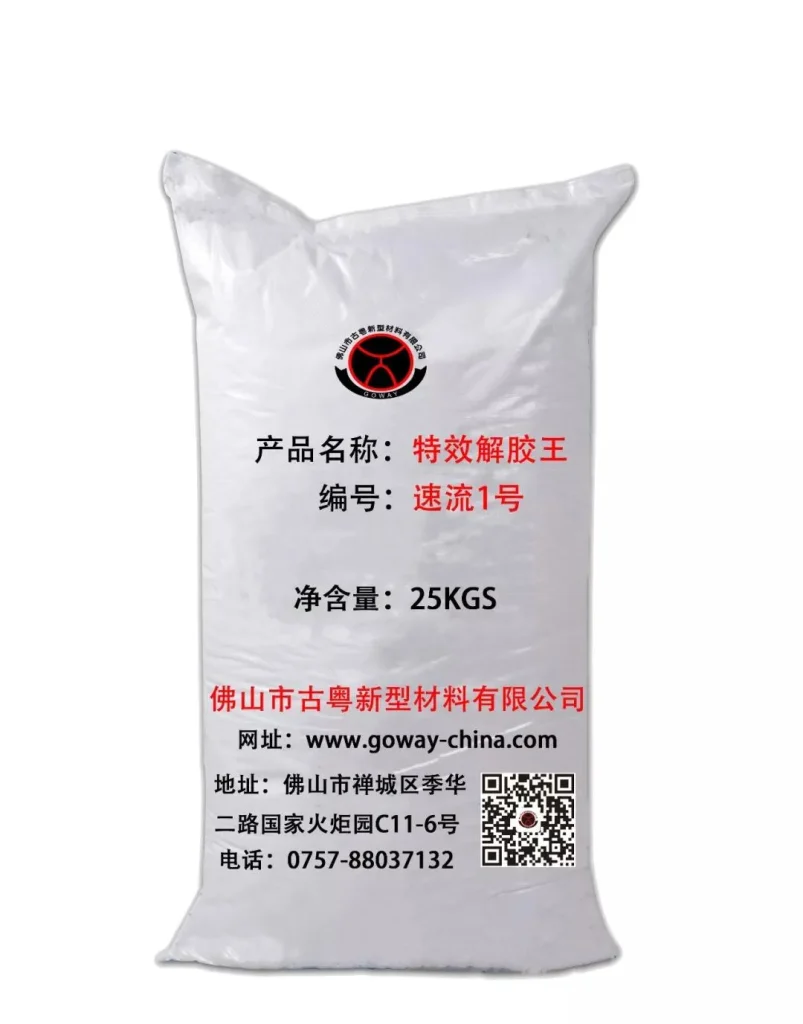Solution to Unveil the unstable problem of Glaze Flow Rate in ceramic production
In the evolution of ceramic production technology, glaze technology is a vital part. However, the problem of unstable glaze flow rate has always been a problem that plagues producers. This article will explore the mechanism of the mysterious additives of Sodium Tripolyphosphate, as well as how to optimize the glaze technology.
Glaze pulp challenge
In the production of ceramics, the problem of uneven glaze flow rate has always been a bottleneck that restricts production efficiency. Especially for raw glaze, after a period of time, its flow velocity is unstable and looks like tofu flowers, which makes it difficult to implement the production of glasses.
Sodium tripolyphosphate magical effect
Sodium Tripolyphosphate is known as a water reduction agent and incident, which has a significant solution for ceramic mud and glaze. Its unique mechanism is to dilute the glaze pulp and improve the liquidity of the slurry under low moisture while maintaining the glaze slurry does not easily deteriorate.
Experimental verification and additive selection
Multiple experiments have proved that adding Sodium Tripolyphosphate can keep the glaze slurry for the same period of time, and the flow rate is basically stable. However, the selection and dosage of different glazes must be determined by experiments to achieve the balance between the higher proportion and liquidity.
Glaze intensity increase and reduction of damage
The appropriate amount of Sodium Tripolyphosphate not only increases the glazed intensity but also reduces the damage to the glazed surface, making it more suitable for throwing technology. Especially in the production of antique bricks, it has performed well.
The problem of science and technology solve glazed problems
Combined with modern technology, Sodium Tripolyphosphate provides feasible technology for solving the problem of the unstable problem of ceramic glaze. Its application has opened up new possibilities for further optimization of ceramic production technology and provides strong support for the development of the ceramic industry.
Frequently Asked Questions (FAQ)
Q: What is Sodium Tripolyphosphate (STPP) used for in ceramic production?
A: STPP serves as a water reduction agent in ceramic glazes, improving slurry liquidity and stabilizing flow rates.
Q: How does STPP stabilize glaze flow rates?
A: STPP dilutes glaze pulp, enhancing liquidity while maintaining slurry stability, thus preventing flow inconsistencies over time.
Q: What are the benefits of using STPP in ceramic glazes?
A: STPP enhances glaze intensity, reduces surface damage, and optimizes viscosity for better production outcomes.
Q: Is STPP suitable for all types of ceramic glazes?
A: STPP’s effectiveness varies with different glaze formulations, requiring experimentation to determine optimal dosage and application.
Q: How does STPP contribute to advancing ceramic production technology?
A: By addressing glaze flow rate challenges, STPP facilitates smoother production processes and supports technological advancements in the ceramic industry.

